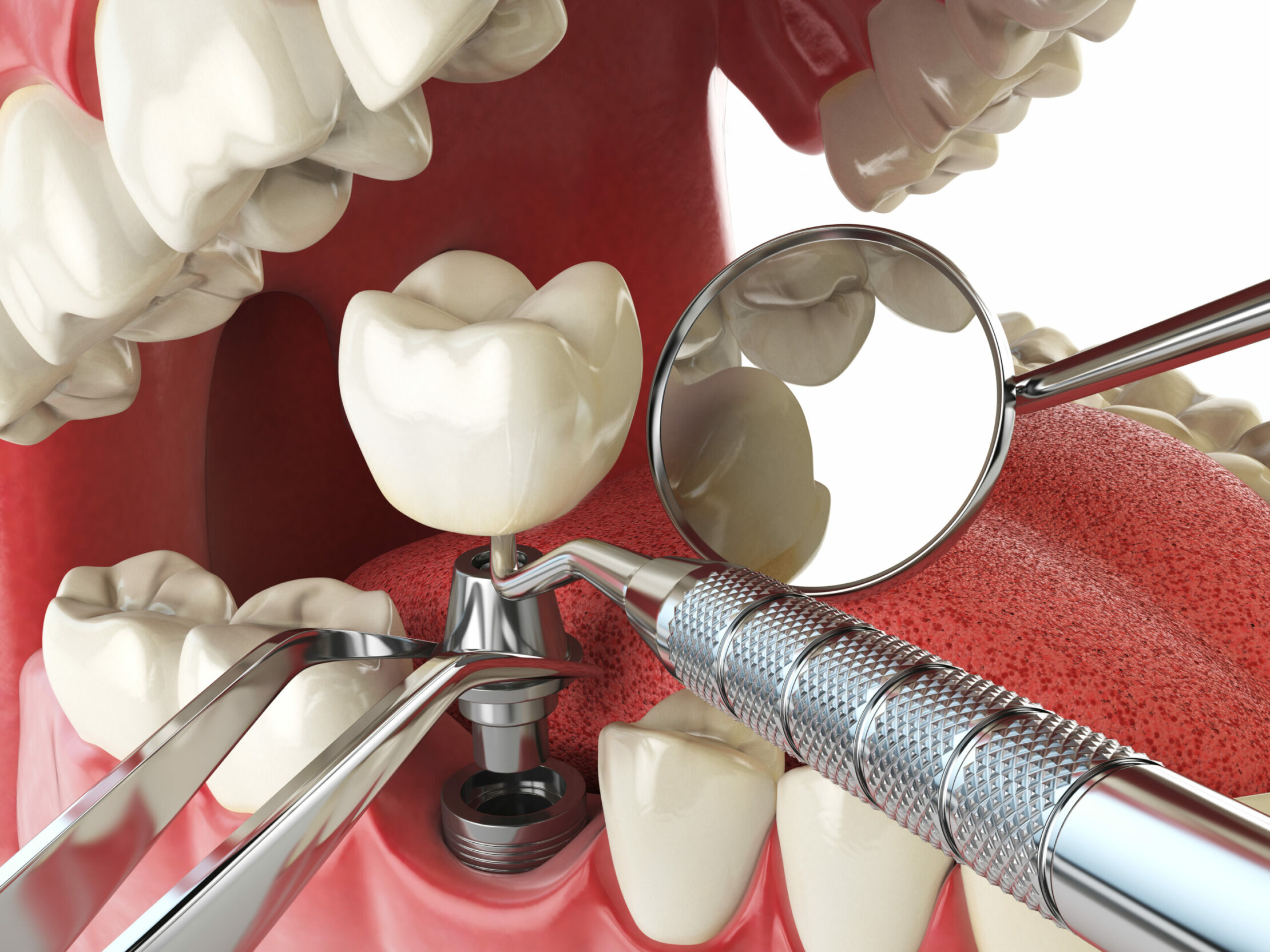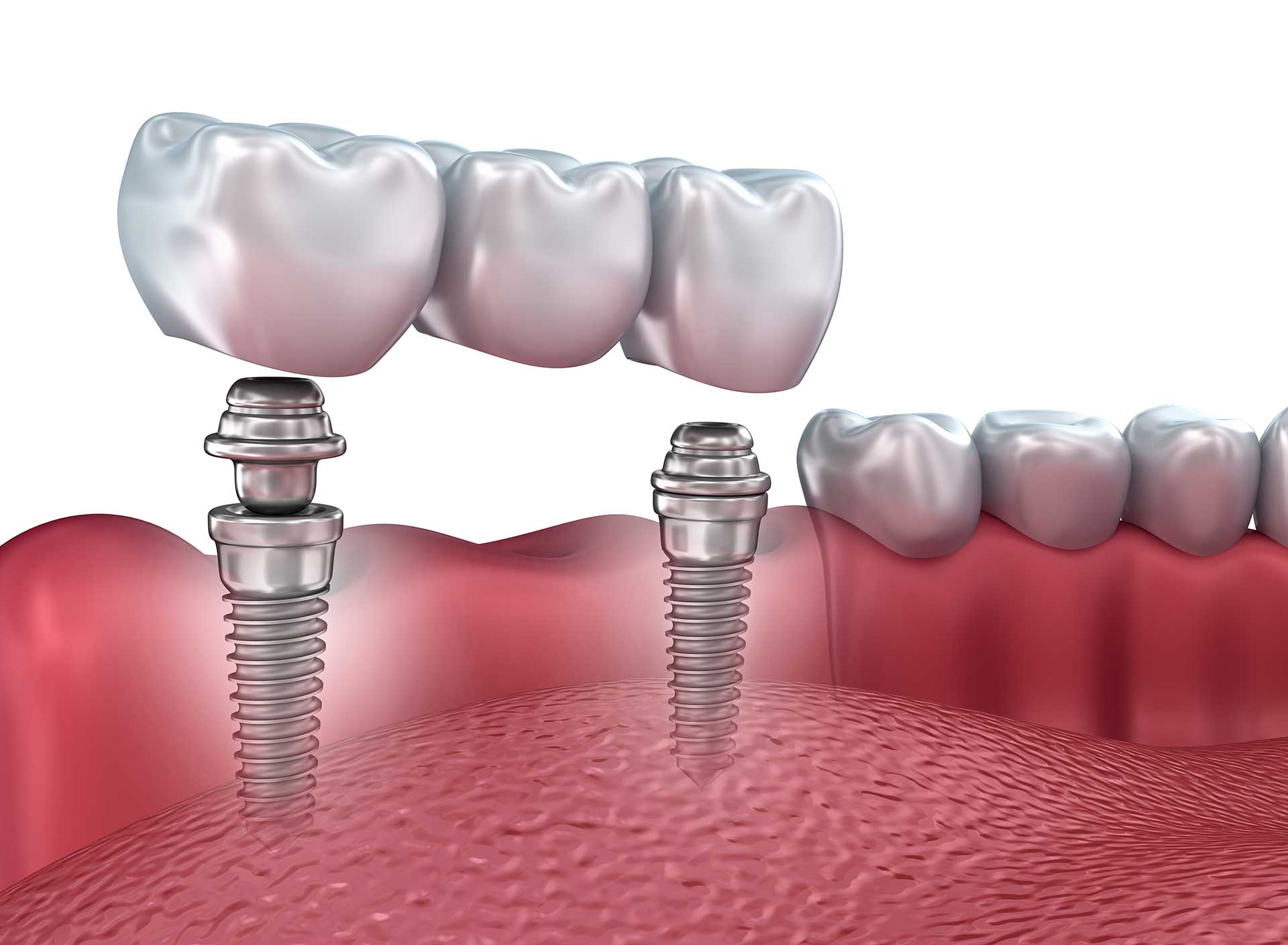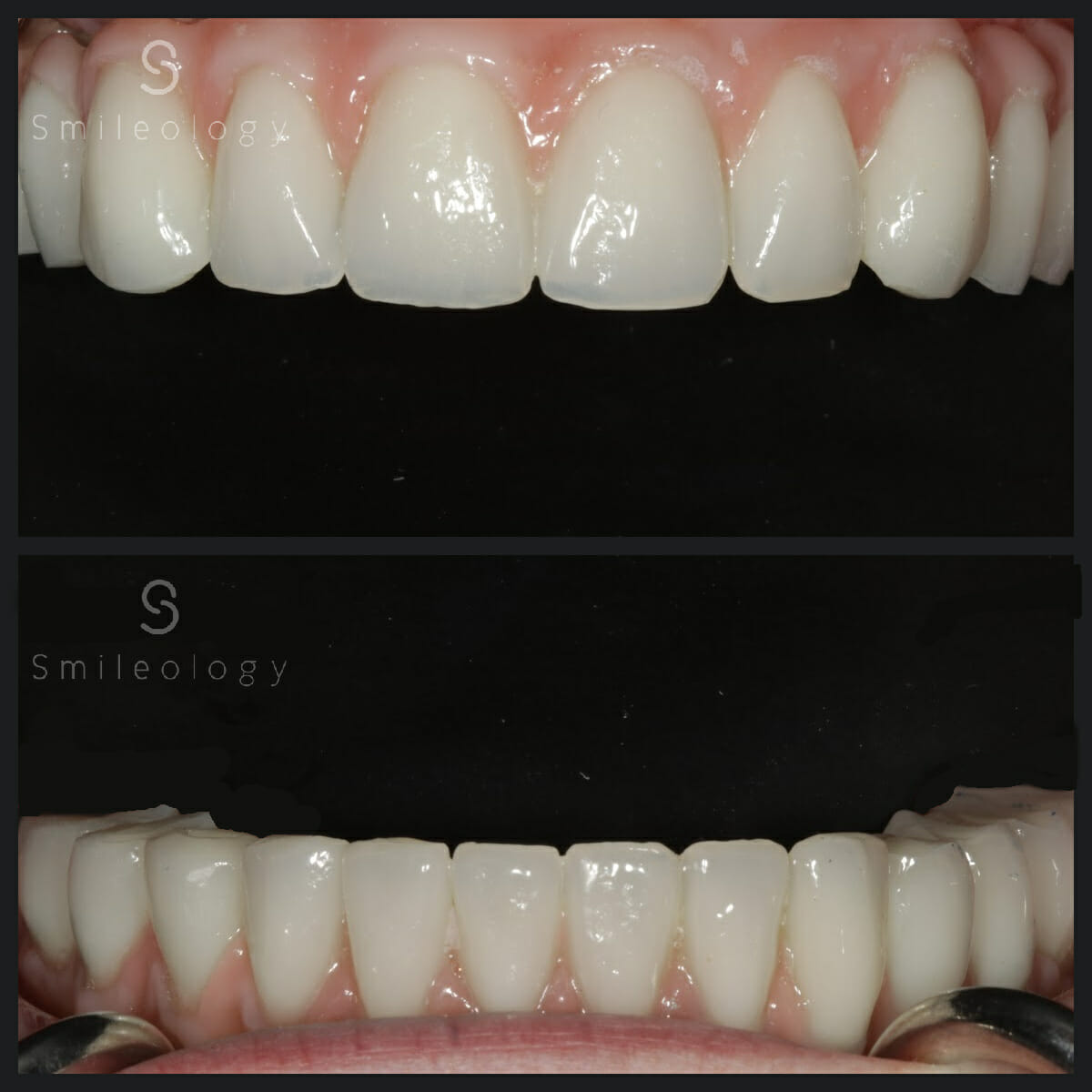Experience Top Quality Dental Implants Kent: Improve Your Self-confidence
Wiki Article
Experience the most recent Technologies in Dental Implants Technology
As the area of dentistry continues to advance, the advancements in oral implant innovation have actually been nothing short of amazing. The assimilation of technology is transforming the functionality of dental implants, guaranteeing improved results and patient complete satisfaction.Advanced Materials for Enhanced Resilience
In the world of oral implants innovation, the combination of innovative materials has considerably contributed to improving resilience and longevity of these essential oral prosthetics. The usage of products such as titanium alloys, zirconia, and ceramic substances has transformed the area by offering enhanced stamina, biocompatibility, and resistance to rust.
Titanium alloys are commonly utilized in dental implants as a result of their phenomenal strength-to-weight proportion, corrosion resistance, and compatibility with the body. These alloys make certain the stability and durability of the implant by standing up to the forces exerted throughout speaking and eating, giving a reputable solution for patients seeking sturdy tooth substitutes.
Zirconia, a sort of ceramic material, has obtained appeal for its biocompatibility and all-natural tooth-like look. Its high toughness and resistance to use make it a suitable choice for dental crowns and bridges, boosting the overall aesthetic appeals and performance of the implant.

Digital Imaging for Precise Placement
The development of oral implants modern technology has further advanced with the assimilation of electronic imaging methods, guaranteeing accurate placement of these prosthetics for optimum functional and visual results. Digital imaging plays an important role in the planning and positioning of oral implants by offering in-depth 3D photos of the person's jawbone framework. This technology allows dental experts to examine bone thickness, find important structures, and plan the exact setting and angle for implant placement with unequaled accuracy.By using electronic imaging, dental professionals can produce digital surgical guides that serve as a roadmap throughout the dental implant positioning treatment. These overviews are customized for every person, taking into consideration their unique makeup and the desired outcome. This level of accuracy not only improves the success rate of dental implant procedures yet additionally decreases the risk of difficulties.
Moreover, digital imaging makes it possible for dental practitioners to imagine the final prosthetic restoration prior to the actual positioning of implants, permitting careful preparation and making sure that the end result satisfies the client's aesthetic assumptions. Overall, the integration of digital imaging modern technology has actually reinvented the area of oral implants, offering individuals an extra predictable, reliable, and patient-specific therapy approach.

Minimally Intrusive Surgical Strategies


Innovations in surgical techniques have resulted in the growth of minimally intrusive techniques in the area of dental implantology. These methods intend to decrease injury to the individual, shorten recovery times, and enhance overall treatment results. try this website Minimally invasive surgeries involve smaller sized incisions, specialized instruments, and progressed imaging innovations to precisely put dental implants with minimal disturbance to surrounding cells.
One trick element of minimally intrusive strategies is making use of directed surgical procedure, where 3D imaging and computer-aided style software program are used to intend the implant positioning with wonderful precision. This enables a much more predictable result and can commonly remove the requirement for substantial flap surgery.
Additionally, developments in products and dental implant design have actually likewise added to the success of minimally intrusive techniques. Implants with improved surface area residential properties advertise much faster osseointegration, lowering the recovery time called for before the prosthetic repair can be placed.
3D Printing for Custom-made Solutions
Making use of 3D printing modern technology in dental implantology permits the production of very personalized solutions tailored to private patient requirements and anatomical variations. This innovative innovation makes it possible for dental experts to design and fabricate oral implants with extraordinary precision and accuracy. By using digital imaging techniques, such as cone light beam calculated tomography (CBCT), detailed 3D versions of the individual's mouth can be created to guide the implant preparing procedure.Among the key advantages of 3D printing in oral implantology is the capability to create patient-specific implants that completely fit the distinct composition of each person. This customized method aids improve the total success and long life of the implant by guaranteeing ideal fit and placement. Additionally, 3D printing permits the production of complex geometries and intricate structures that would certainly be impossible or difficult to achieve using conventional manufacturing methods.
Moreover, 3D printing innovation allows dental experts to enhance the implantation process, minimizing surgery time and boosting general client experience. With its ability to create customized solutions promptly and efficiently, 3D printing is reinventing the area of dental implantology, offering clients ingenious therapy alternatives and improved internet end results.
Integrated Technology for Improved Functionality
Applying advanced modern technology in oral implantology boosts performance and accuracy, boosting the requirement of care for people undertaking dental implant procedures. Integrated innovation plays an important function in enhancing the overall success and sturdiness of oral implants.Additionally, the combination of computer-aided style and computer-aided manufacturing (CAD/CAM) technology makes it possible for the development of custom implant reconstructions with outstanding precision. CAD/CAM systems use digital impressions to develop prosthetics that completely fit the individual's special makeup, making sure optimal convenience and functionality. In addition, making use of robotic-assisted surgery in implant placement enhances accuracy and decreases the danger of human error.
Final Thought
In conclusion, the newest innovations in dental implants modern technology deal boosted longevity with sophisticated materials, exact positioning with digital imaging, minimally invasive surgical techniques, customized options with 3D printing, and boosted functionality with incorporated technology - Dental implants Kent. These improvements in oral implants modern technology are revolutionizing the field and giving people with more reliable and efficient therapy options for recovering their smiles and dental health and wellnessThe combination of modern technology is changing the capability of dental implants, assuring boosted results and client contentment.
The advancement of dental implants modern technology has additionally advanced with the integration of news digital imaging strategies, guaranteeing accurate placement of these prosthetics for optimum functional and visual end results. Minimally invasive medical treatments include smaller sized lacerations, specialized instruments, and advanced imaging modern technologies to exactly place dental implants with minimal disturbance to bordering cells.
Applying innovative modern technology in dental implantology enhances functionality and accuracy, raising the requirement of care for clients going through implant treatments. Dental implants Kent. Integrated innovation plays an essential function in improving the general success and durability of dental implants
Report this wiki page